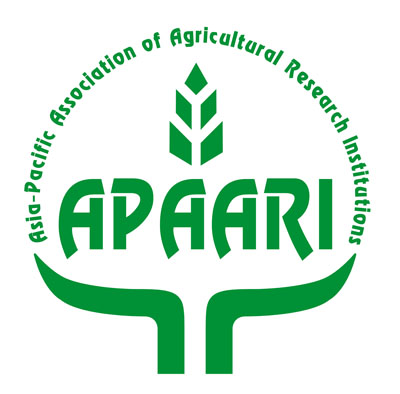Climate change is the biggest crisis faced by mankind and a trigger for a multitude of other problems.? Our ever-increasing demand for energy has led to the constant increase in emission of Green House Gases (GHG) that have already caused considerable damage to the environment. While governments and communities are working to switch over to greener alternatives of power generation and reduce our dependence on fossil fuels, plant scientists have also got into the act of fighting GHG emissions.
Plant scientists in their traditional role were expected to develop genetically modified crops to improve yields and make them resistant from pests and droughts to ensure food security. But advancements in gene editing is also benefitting the fight against GHG and helping us manage the problem in a holistic way. Here we look at some examples where Gene Editing is helping in this battle.
Plants that absorb more C02
It is no secret that Carbon Dioxide is the major constituent among greenhouses gases with others being Methane, Nitrous oxide and F-gasses. In fact, more than 75% share is of Carbon Dioxide alone. What’s the best way to fight CO2? Plants – you have studied it in elementary school that plants absorb CO2 for photosynthesis and give out Oxygen. Plant scientists are now working on developing plants to absorb more CO2 and hold it for a longer time. This is being done by modifying the plants so that they have extensive and deeper suberin-rich roots. Suberin is a natural waxy substance that can capture more CO2 and doesn’t rot. It is simple and lot more effective than those CR5 machines being developed to convert CO2 into Oxygen.
Managing the menace of atmospheric methane
In the earlier point, we talked about managing Carbon Dioxide, but Methane is a far more lethal gas. Interestingly most of the atmospheric methane comes from wetlands, fields, grazing livestock and not from the burning of fossil fuels. The good news is, gene editing of grass and other crops such as rice will to reduce the production and release of methane in the atmosphere from fields and livestock gut.
Creating climate-resilient and resistant crops
Farmers use chemicals to treat the soil as well as spray crops to control the various diseases. The manufacture and usage of these chemicals utilize fossil fuels and in turn, lead to GHG emissions. Similarly extensive irrigation, fertilizer applications require fossil fuels. Gene editing is helping develop crops that are water-efficient or climate-resilient, require fewer fertilizer inputs and are resistant to pests and diseases, thus reducing the needs for excessive use of chemicals and fossil fuels and reducing the emission of GHGs.
There are several other types of research going in around the world that will help in modifying plants and help in fighting greenhouses gases. It is important to scale up these measures to ensure the threat of climate change is fought all over the world and these momentous experiments aren’t restricted to laboratories.

